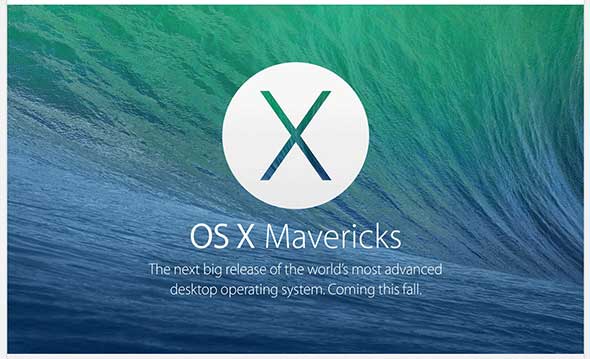

- #Bootable mac usb terminal how to
- #Bootable mac usb terminal install
- #Bootable mac usb terminal password
From here, it may ask you to choose your language, set up a WiFi network, and other startup functions. Your mac will now start up in recovery mode, using the version of macOS you downloaded.
#Bootable mac usb terminal install
Now that you’ve created a bootable installer for your Mac, you can use it to boot a Mac using a fresh install of macOS! Here’s how: You can now quit terminal and eject your USB Drive. When finished, Terminal will show the volume has the same name as the installer you downloaded.

#Bootable mac usb terminal password
When prompted in Terminal, enter your administrator’s password.Press ‘Return’ or ‘Enter’ on your keyboard.

If you read the command, you’ll see your Mac is taking the version of macOS you downloaded from your Applications folder and placing it on your USB drive.Īfter entering the command, do the following: Note: If your USB drive has a unique name, replace ‘MyVolume’ in the command with the name of your USB drive.
#Bootable mac usb terminal how to
It will download directly to your Applications folder if your Mac starts to try to download and install the version of macOS you downloaded, simply quit the installation process.Ĭurious how to create a bootable external drive for Mac? We’ve got you covered. Whether it’s an external hard drive or a USB ‘thumb’ drive, both are considered bootable drives.įor the sake of clarity, we’ll simply refer to any external drive as a USB drive.īefore you begin, you’ll need to download the macOS version you’d like to use directly from Apple. Simply stated, a bootable USB Mac drive is one that has a version (or versions) of macOS available on a disk that isn’t your machine. Try free What is a Bootable USB or External Drive?


 0 kommentar(er)
0 kommentar(er)
